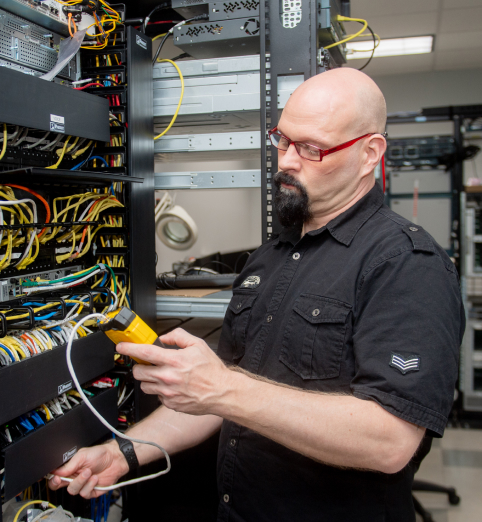The data center environment for most companies as it stands in 2018 is in an interesting state of flux: the need for new equipment is on the rise (especially in the optical networking space) due to the impact of data growth. Pair that with the need for assessing the impact of digital transformation as a whole and data centers are now the epicenter for change within the corporate environment.
However, conversely, companies must also mitigate risk as it relates to too much spending—a very real scenario as the balance between new equipment and maintaining realistic budgets is ever present. Add to that dilemma the paradigm that has been created by OEMs: it is sometimes “cheaper” to buy new than it is to maintain hardware, so the proverbial plot thickens even more. For instance, many OEM maintenance programs are exorbitant to say the least as their main goal is to continually push new gear out of the door with their main focus on revenue.
And with that OEM paradigm comes an indispensable adjacent industry based solely on maintenance and support, and grey market equipment—all designed to offset OEM contractual maintenance costs as a cost savings measure while maintaining business norms.
However, with all of that in place—budgets and financial calculations rarely address other areas of data center equipment—calculating the network effect and how equipment relates to the value of its own operational status is where IT maintenance and support become even far more valuable. It’s a sum greater than its parts, literally.
In reality, it’s easy for the right IT maintenance provider to save you as much as 50 percent on your maintenance costs. Of course, you could argue that because the hardware and software costs of a server are negligible, why spend more money on an IT maintenance plan? It seems counterproductive, because how can you save as much as 50 percent on your maintenance costs when you are paying a provider to maintain hardware that is inexpensive and easily replaced? In this case, the math behind the equation becomes the most important factor.
This is where the network effect becomes a key driving factor. You see, in both economics and business, a network effect, which is also called network externality or demand-side economies of scale, is the effect that one user of a product or service has on the value of those products and services to other people. For instance, when a network effect is present, the value of a product or service is dependent on the number of people using it—the very essence of the data center and its equipment.
For example, in typical situations servers are considered “stand alone” as they are in fact connected to many other servers, workstations, and mobile devices. Therefore, any individual server that uses any kind of virtualization technology is its own network and, by definition, no longer one server. Make sense?
Therefore, when you take any individual part of a network offline for replacement, this has a disproportionate effect on your network. Although the hardware is only around 15 percent of the value of the device, the other 85 percent of its value disappears while it is being swapped out.
The argument that the hardware costs little so why not just go ahead and replace it, gets completely inverted when you look at the whole environment. The low cost of powerful hardware is now the driving factor that increases the value of the server and its place in the environment. As hardware costs decrease, the relative ratio of hardware cost to total value continues to shrink, making it increasingly important to keep servers online and available, which you can do with the right IT maintenance provider.
The lesson in all of this is to factor in far more than simple line-item costs when setting budgets. Downtime and how it impacts the value of a product or service can be far greater than anticipated. Having a plan in place and a partner in place to mitigate that risk is the key to ongoing success.



